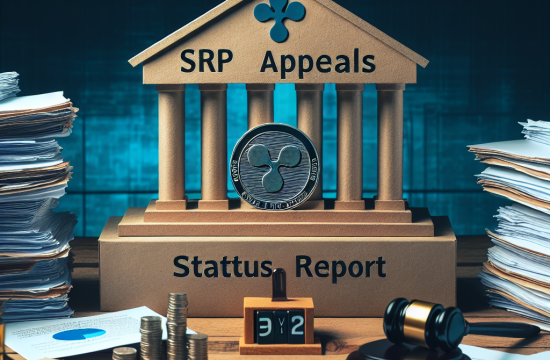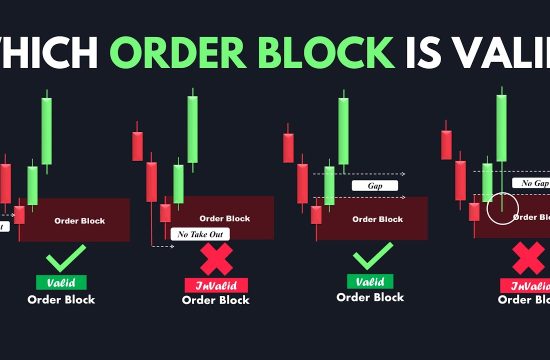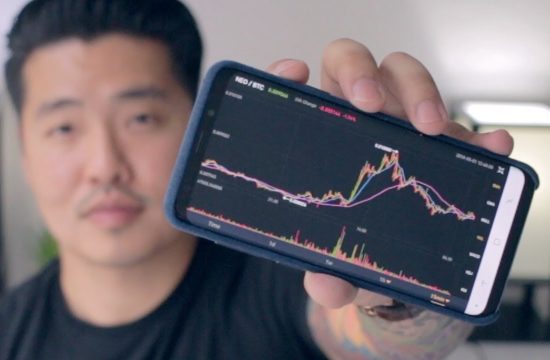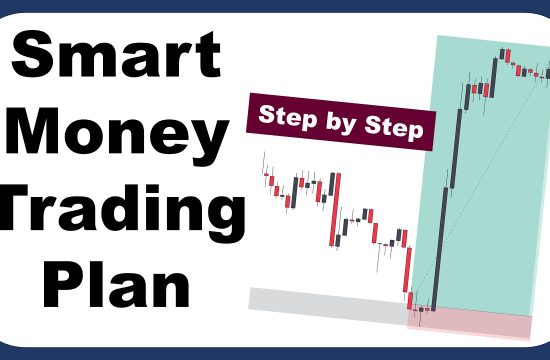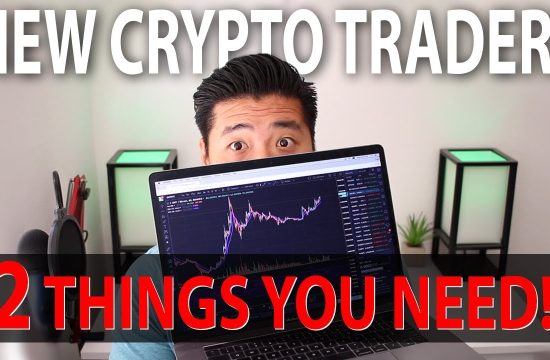Understanding Leverage in Trading
What is Leverage?
So, let’s kick things off by talking about leverage itself. In the simplest terms, leverage allows you to control a larger position with a smaller amount of capital. Think of it like this: if you wanted to buy a car outright, you’d need all the cash upfront. But with leverage, you can make a smaller deposit and borrow the rest. In trading, this means that your gains can be much larger, but so can your losses.
Leverage is expressed as a ratio, typically like 2:1, 5:1, or even higher. For every dollar you invest, you could control two to five dollars, depending on the ratio. This can be exhilarating, but it also comes with risks, which I’ll dive deeper into shortly.
One key takeaway is to understand that leverage magnifies your exposure to both gain and loss. That’s why it’s critical to know how it works before you dive in. Knowledge is power, folks!
Benefits of Using Leverage
Alright, now let’s chat about some perks of using leverage. For starters, it increases your potential return on investment (ROI). If you’re confident in a trade, leverage can allow you to maximize your gains without needing a hefty pile of cash. It’s like entering a high-stakes poker game but with a strategic approach!
Another benefit is the flexibility it offers. With leverage, you can diversify your portfolio without tying up all your funds in one place. This means you can spread your investments across different opportunities, which is crucial for risk management.
Lastly, leverage can create opportunities for short-term traders who thrive on market fluctuations. If you can predict market movements accurately, leverage can significantly boost your profits for those quick trades.
Risks of Leverage
Now, I’d be doing you a disservice if I didn’t warn you about the risks that come with leveraging. The most obvious one is the potential for significant losses. When you’re leveraging a trade and the market turns against you, those losses can exceed your initial investment. Yikes, right?
Another risk is the emotional rollercoaster that comes with trading on leverage. Watching your portfolio rise and fall sharply can evoke your fear and greed, sometimes leading to hasty decisions. I’ve been there, and it can be tough to keep a cool head!
Lastly, managing your margin is crucial. If your account balance falls below a certain level due to losses, you may receive a margin call from your broker, which means you HAVE to add more funds or close positions. It’s a fast way to get out of the game if you’re not prepared.
Setting Up for Leverage Trading
Choose the Right Broker
Choosing the right broker is paramount when it comes to leverage trading. I mean, it’s like picking the right partner for a dance—you want someone who knows the moves! Look for brokers that offer reasonable leverage ratios suitable for your level of experience and risk tolerance.
Different brokers can have varying degrees of user-friendly interfaces, so it’s important to find one that matches your trading style. Some platforms even offer demo accounts, which can be a fantastic way to test the waters before you commit real cash.
Also, check for reliable customer service. In the fast-paced world of trading, you want to ensure that you can get help when you need it. Trust me, it makes all the difference!
Practice with a Demo Account
This is super important—practice makes perfect! Many brokers offer demo accounts where you can trade using virtual money. This is an excellent opportunity to get a feel for how leverage works without any risk on the line.
When I first started trading, I spent weeks in a demo account to understand market movements and the importance of setting stop-loss orders. Using leverage in this environment lets you learn from your mistakes without losing real money, and believe me, you will make mistakes!
It’s not just about trading, but also understanding how margin calls and leverage will affect your overall strategy. Get comfortable before jumping into live trading!
Start Small and Scale Up
I’ve always found it best to start small, especially with something as volatile as Bitcoin. Don’t throw all your chips in on the first trade. Instead, begin with a lower leverage ratio and gradually increase it as you gain more confidence and experience.
By scaling up your trades, you can better gauge your risk appetite and learn to manage your emotional responses. I’d recommend keeping your leverage to a manageable level until you really know your stuff.
In the end, every trader has to figure out what works best for them, but starting small usually helps me build a stronger foundation. It’s about finding that balance between risk and reward!
Best Practices for Trading with Leverage
Use Stop-Loss Orders
Stop-loss orders are your best friend in the world of leverage trading. They act like a safety net, automatically closing your position if it reaches a predetermined price. This is crucial because it mitigates potential losses, especially when using leverage.
I can’t tell you how many times a stop-loss has saved me from emotional trades that could have ended badly. It’s a smart way to take emotion out of the decision. Set it, and forget it!
Make sure to adjust your stop-loss according to market conditions. As you start to turn a profit, adjust it to lock in gains and protect your capital. Always use this tool!
Maintain a Risk/Reward Ratio
Understanding the risk/reward ratio is a game-changer for any trader using leverage. You should never risk more than you are willing to lose on a single trade. A good rule of thumb is maintaining a risk/reward ratio of at least 1:2, meaning for every dollar risked, aim to make two dollars.
This mindset has helped me stay disciplined and thoughtful with my trades. It’s all about strategy, folks! Before entering a trade, calculate your potential risk and gain to ensure that it aligns with your trading goals.
Remember, leveraging isn’t about just maximizing profits; it’s about managing risk effectively to ensure long-term success in trading.
Continuously Educate Yourself
The trading landscape is always changing; that’s where ongoing education is key. Consider keeping up with financial news, attending webinars, and reading up on trading strategies. The more you learn, the better equipped you’ll be to navigate the ups and downs.
Sharing ideas and experiences with fellow traders can also offer new insights and perspectives. I’ve picked up some of my best tips just chatting with others who’ve been in the game longer than I have!
Whether through formal education or community engagement, stay curious. It’s all about evolving your strategy and keeping your skills sharp!
Conclusion
Leverage can be a powerful tool in Bitcoin trading, but it’s essential to approach it with caution and knowledge. By understanding what leverage is, the benefits, risks, and best practices, you can navigate the thrilling journey of trading more confidently.
Always start small, utilize tools like stop-loss orders, and never stop learning! With the right mindset and strategy, you can harness the power of leverage to your advantage.
FAQ
1. What is leverage trading?
Leverage trading allows traders to control larger positions with a smaller amount of capital. It magnifies potential gains but also increases risks.
2. How can I minimize risks when using leverage?
You can minimize risks by using stop-loss orders, maintaining a good risk/reward ratio, and starting with small amounts until you gain experience.
3. Is leverage trading suitable for beginners?
Leverage trading can be risky for beginners. It’s crucial to first educate yourself thoroughly and practice with a demo account before risking real funds.
4. What should I look for in a trading broker?
Look for a broker that offers reasonable leverage, has a user-friendly interface, and provides strong customer support. Checking reviews from other traders can help as well!
5. How often should I review my trading strategy?
I recommend reviewing your trading strategy regularly, especially after significant trades or market changes. This keeps your approach adaptable and relevant.
Related Content
- What are Support and Resistance? (Trading Strategy Explained)
- NEAR Protocol Crypto Price News Today – Elliott Wave Technical Analysis Update & Price Update Now!
- Speaking At Bitcoin 2023, Tulsi Gabbard Describes How A U.S. CBDC Threatens Freedom
- Supplier of Over 40,000 Merchants in El Salvador Now Accepts Bitcoin
- A SUDDEN FLIP! Indicators Go POSITIVE for Crypto, Bitcoin Price and Altcoin Market, Gold Hits Target





